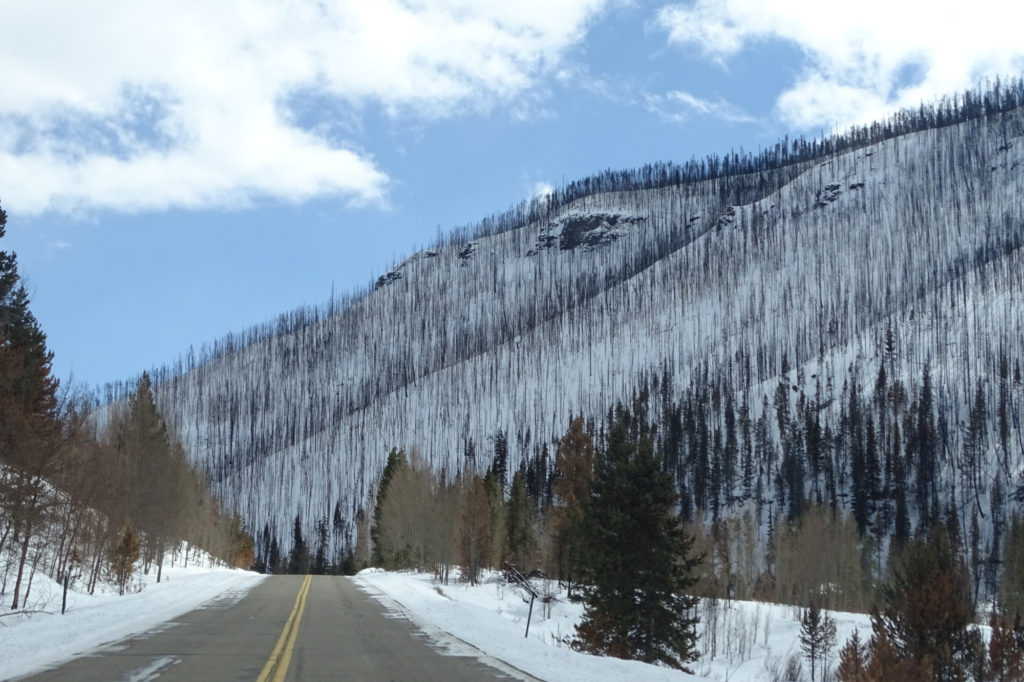Wildfires: 6 Months Later
I took more than 800 photos. Two days, last year, the last days of July, I ventured up to Jackson County, Colorado, because I read that the moose were plentiful there. My instincts failed me, but a park ranger directed me to Long Draw Road, an unpaved path to a forested wilderness that provided the backdrop for an amazing experience in nature. Day two was, as Hemingway called it, a movable feast.
A week later, the Cameron Peak wildfire raged through the national forest. Long Draw Road became the epicenter for the largest blaze in Colorado history.
Yesterday, I went back. Seeking to avoid the ski traffic on I-70, I drove secondary roads up to Hwy. 14 west of Ft. Collins. Along a county road, a sign proclaimed that I was entering a burn area. In a short time, I could see entire mountaintops of trees that were ravaged by the fires, with homes and ranches unscathed below. The close proximity of the conflagration to the people who built their homes and livelihoods there had to have been terrifying to those families and individuals.
Bright sunlight reflected off the snow near Poudre Canyon. Charred remains of trees poked skyward like matchsticks. As the highway climbed above 10,000 feet above sea level, clear skies surrendered to thick, gray fog and snow flurries. Finally, I saw the sign indicating Long Draw Road was ahead to the left. The road, however, was blocked. Eight-foot mounds of snow had been plowed in front of a gate that barred passage. My quest to photograph wildlife took me down snow-drifted county roads. I followed these around the northern edge of Rocky Mountain National Park, where I also witnessed the devastation from the East Troublesome fire of 2020. The devastation to the landscape was sobering.





